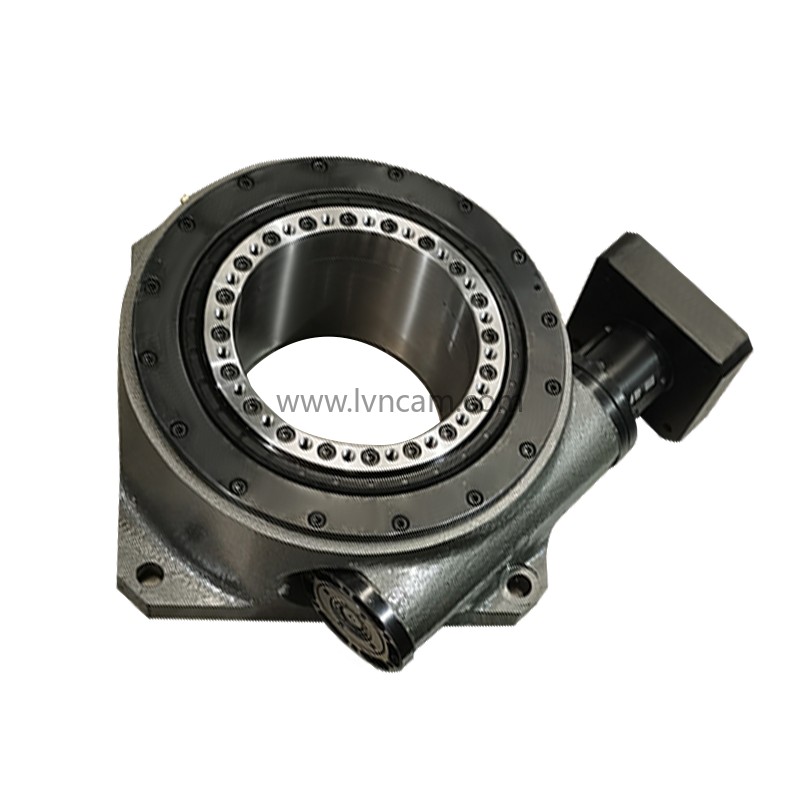
As one of the indispensable and important equipment in modern manufacturing, CNC machine tools have different components and functions, but they work closely together to achieve precise processing technology. In this article, we will analyze the various components of CNC machine tools in detail, so that you can have a more comprehensive understanding of the classification and characteristics of CNC machine tools.
1. Control system: the brain of CNC machine tools
The control system is the core component of CNC machine tools, responsible for calculation, management and control of the movement of machine tools. It obtains data through input media, interprets and calculates it, and finally transmits instructions to the machine tool to achieve precise processing.
2. Servo system: drives the machine tool to execute instructions
The servo system is a key component that converts the instructions transmitted by the control system into motion instructions for the moving parts of the machine tool. By converting the pulse signal from the CNC device into the corresponding drive signal, the servo system drives the machine tool to achieve the required various movements, such as cutting, feeding, etc.
3. Detection system: ensure accurate operation of machine tools
The detection system is used to measure the displacement and speed change of the machine tool actuators (such as worktables, turntables, slides, etc.), and feed the detection results back to the control system for comparison with the input instructions. By comparing and adjusting the detection results, the machine tool can maintain accurate motion trajectory and processing results.
4. Mechanical transmission system: realize machine tool movement
The mechanical transmission system transmits the power of the servo drive element to enable the machine tool to perform specific processing actions. It is responsible for converting the signal from the servo system into corresponding mechanical movement and ensuring the accuracy and stability of the movement.
5. Other auxiliary systems: improving machine performance and flexibility
In addition to the above core components, CNC machine tools are also equipped with various auxiliary systems, such as fixed cycles, automatic tool change, and transmission clearance compensation, etc. These auxiliary systems can improve the processing efficiency, accuracy, and flexibility of machine tools, enabling them to adapt to different processing requirements.
CNC machine tools can be said to be an important pillar in modern manufacturing. Their components have their own characteristics and work together to ensure stable operation and precise processing of machine tools. Mastering the classification and characteristics of CNC machine tools is of great significance to improving the production efficiency and product quality of the manufacturing industry. By deeply understanding the working principles and functions of control systems, servo systems, detection systems, mechanical transmission systems and other auxiliary systems, we can better understand the workflow and advantages of CNC machine tools.
related articles
- 2024 Dragon Boat Festival Holiday Notice
- LN125R roller cam CNC turntable servo turntable real shot
- 180DT-4-270R LVNCAM cam divider real shot
- I wish that spring will be peaceful and prosperous, and that people on earth and in heaven will be safe and sound.
- 2024 Qingming Festival Holiday Notice
- Shandong Luning Precision Machinery Co., Ltd. wishes everyone a happy Lantern Festival.
- 110DT-8-270R-T30 cam divider input shaft extension motor plate
- Spring Festival Holiday Notice-Shandong Luning Precision Machinery Co., Ltd.
- Why are cam dividers so popular in production?
- What should we pay attention to when cleaning and maintaining the cam divider?
- Domestic brand cam dividers: good quality, low price and can meet high requirements
- LN170-36-24S 170 four-axis CNC rotary table four parallel use case
- L80DT-8-LN003 Customer Selection Case
- L60DF-6-LN002 flange type cam divider six positions
- L140DT-6-LN001 Shandong Luning Platform Desktop Intermittent Cam Divider Six-station Large Hollow

